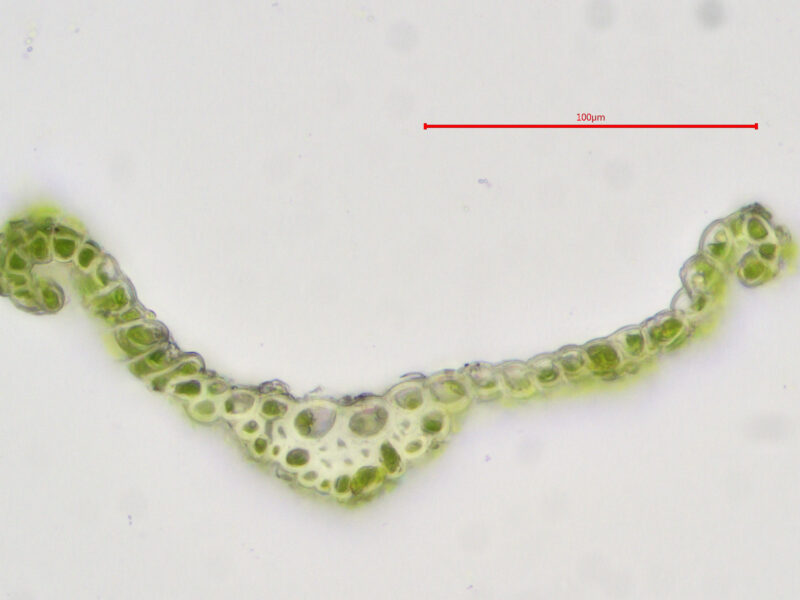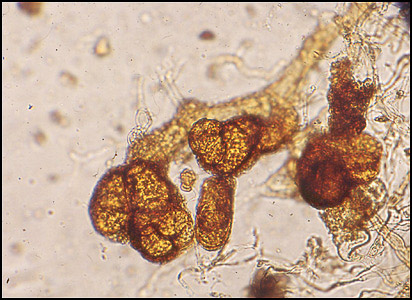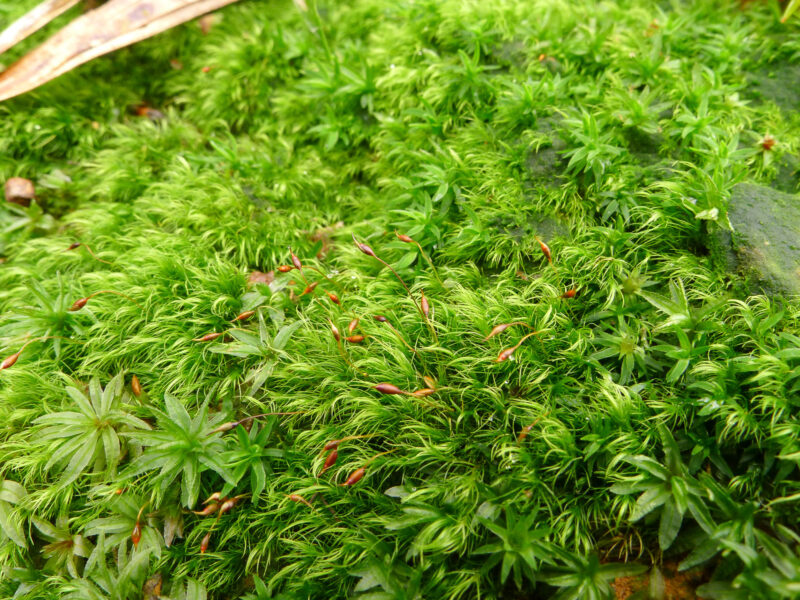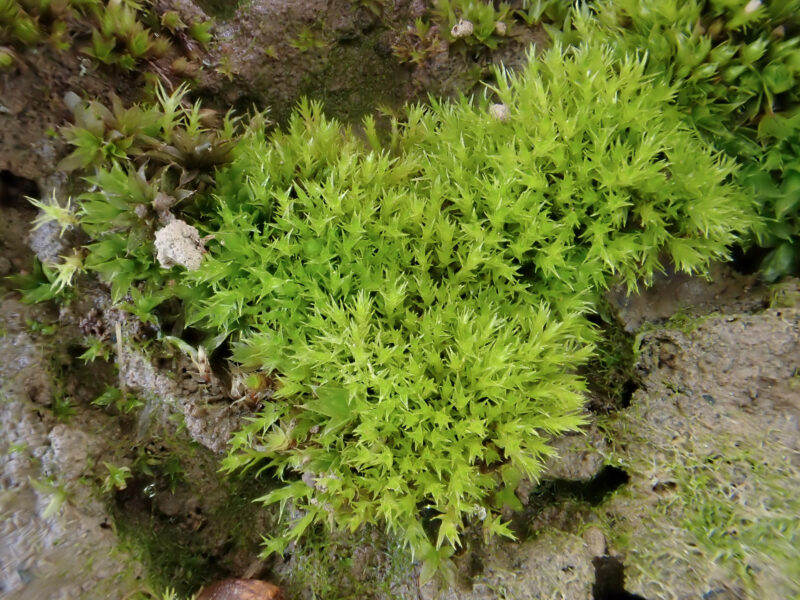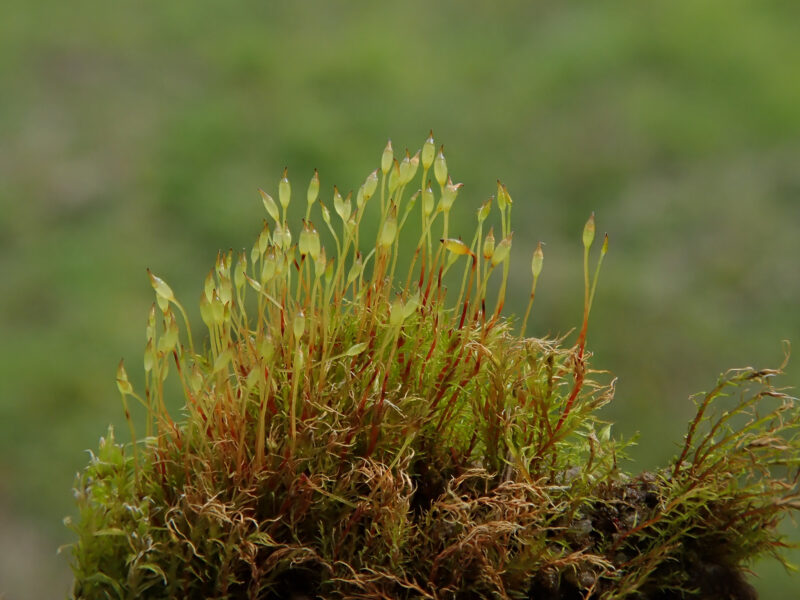Identification notes
Until 2020, there was little problem identifying this little acrocarp of base-rich or neutral ground. But when Dicranella howei, a lookalike from the lowlands of southern Europe, was confirmed as a resident of the British Isles, things became trickier.
Because the leaves of D. varia are mainly only one cell thick, the plants tend to look translucent – though this is a bit of a difficult thing to judge until you’ve compared D. varia and D. howei a few times. D. howei has leaves two cells thick which makes them look more rigid and opaque. Until you know the subtle jizz differences between them, it’s a good idea to examine plants under the microscope, when the characters become much easier to see. Other good characters for D. varia are a well-defined nerve and recurved upper leaf margins – again, microscope needed! The nerve of D. howei is very wide at the base and poorly defined, a very useful differentiator from D. varia.
For detailed information, see Tom Blockeel’s excellent Field Bryology article (see below). To get great nerve sections like Tom’s, make sure you use a brand new razor blade!
Read the Field Guide account









